Contact: ecc11-org (at) nonlineaire.univ-lille1.fr

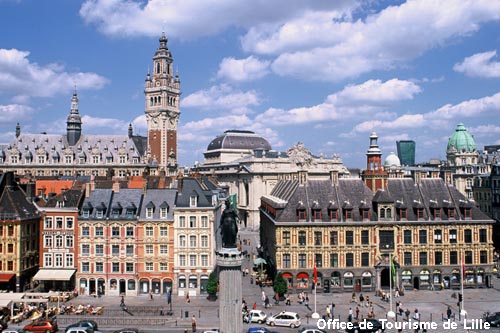
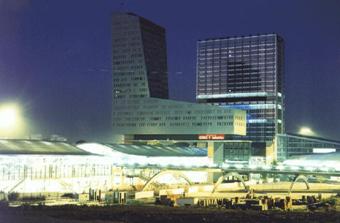
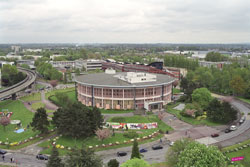
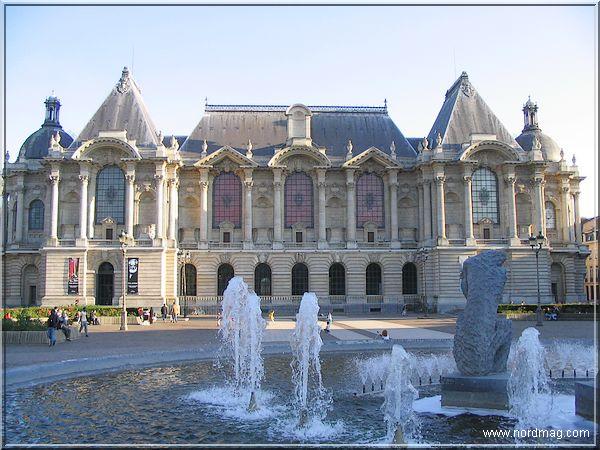

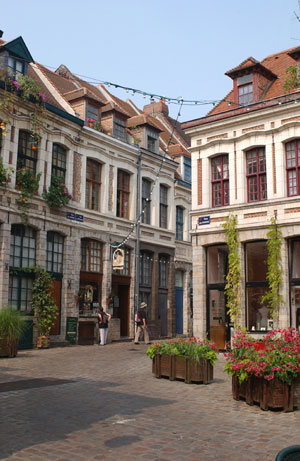
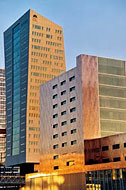
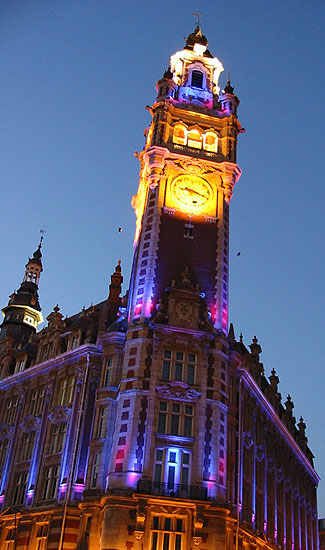
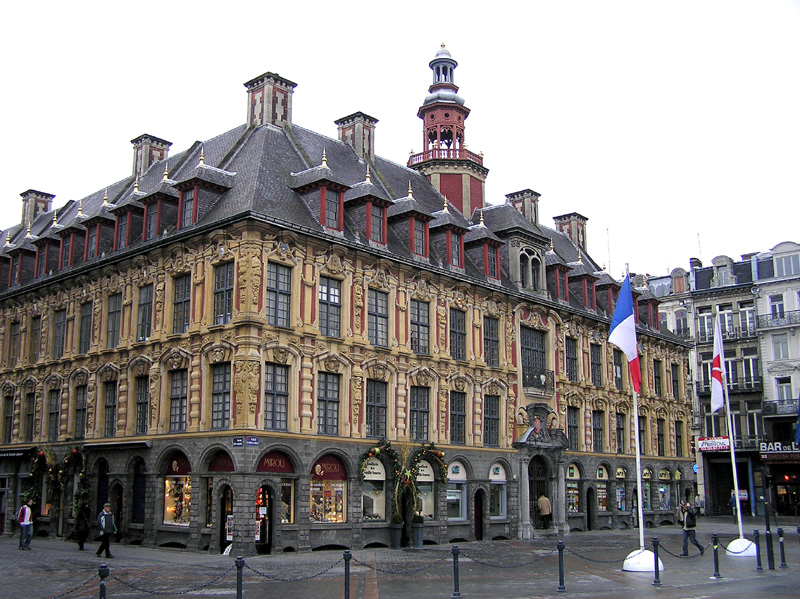
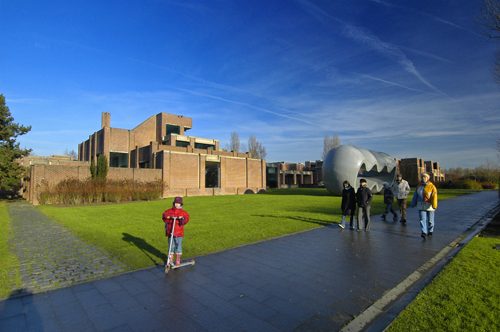

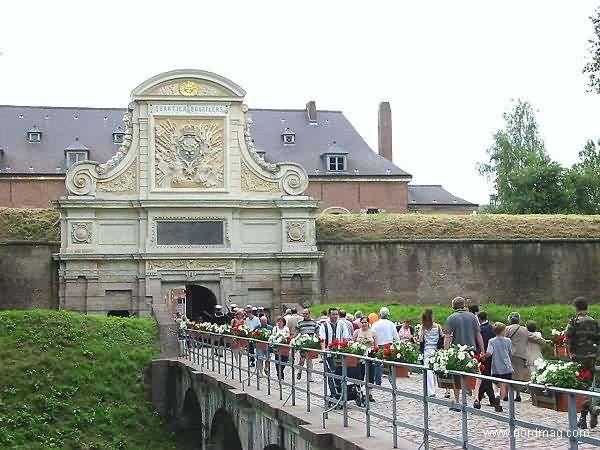
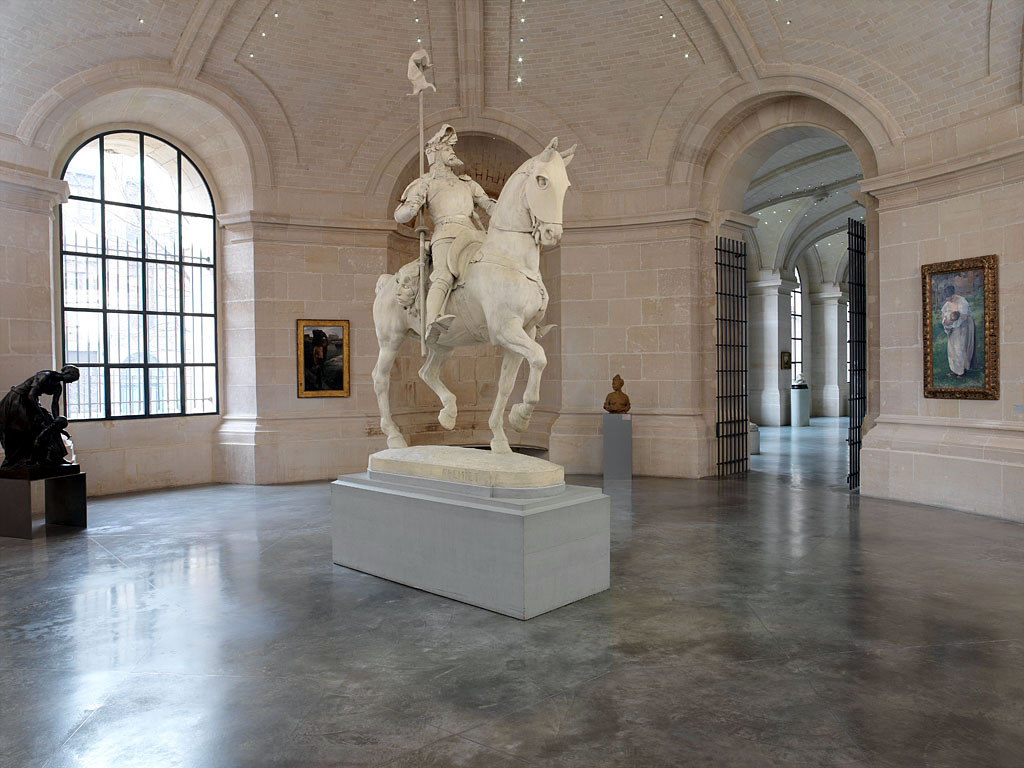
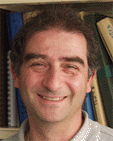
Robert KUSZELEWICZ
Laboratoire de Photonique et de Nanostructures, CNRS UPR20, Marcoussis, France
Robert Kuszelewicz has a continued experience on nonlinear optical phenomena hosted by resonant semiconductor cavities such as VCSELs. Since 1985, his work performed in former CNET-Laboratoire de Bagneux of France Telecom concerned bistable bulk and multiquantum well AlGaAs resonators response and their applications to all-optical signal processing. More recently, from 2000, in the frame of CNRS - Laboratoire de Photonique et Nanostrutures, his main interests evolved towards the study of optical self-organization in similar resonators. In such a context the formation of the so-called "cavity solitons" was studied intensively both in the cw regime in amplifier and in the pulsed regime in laser systems above threshold opening interesting perspectives in terms of optical information plasticity and reconfigurability. He is presently the head of the Photonics and Quantum Electronics Group at LPN and co-authored more than 70 reviewed articles.
Steady and pulsed laser cavity solitons in semiconductor microcavities
Cavity solitons (CS) are localized optical states forming in the transverse plane of a large Fresnel number (micro)resonator, under the competition of the nonlinear susceptibility of the cavity material (III-V semiconductors) and transverse effects such as diffraction and eventually carrier diffusion. They form as particular states of a larger family of structures, emerging from the translational invariance symmetry breaking, such as hexagonal or roll patterns. CSs have bistable properties in specific regions of the phase space and can therefore be written or erased independently in any location of the transverse plane provided they are distant one from each other of more than their diameter. At shorter distances they can form compound states or clusters. Moreover, an original property of CS resides in their possibility to be manipulated by controlled gradients of the external parameters. All these properties not only reveal fascinating mechanisms of the light-matter interaction in a resonator but also open the way to quite powerful fuctionalities that can translate in quite efficient all optical processing schemes.
This talk will concentrate and develop on the experimental observation of such CSs obtained in laser microresonators systems defined by a gain/saturable absorber competition. Both cw and pulsed regimes will be reported in different configurations. The conditions in which stable periodic pulses can be observed and controlled will be analyzed. Applications of such temporal regimes will be finally considered.